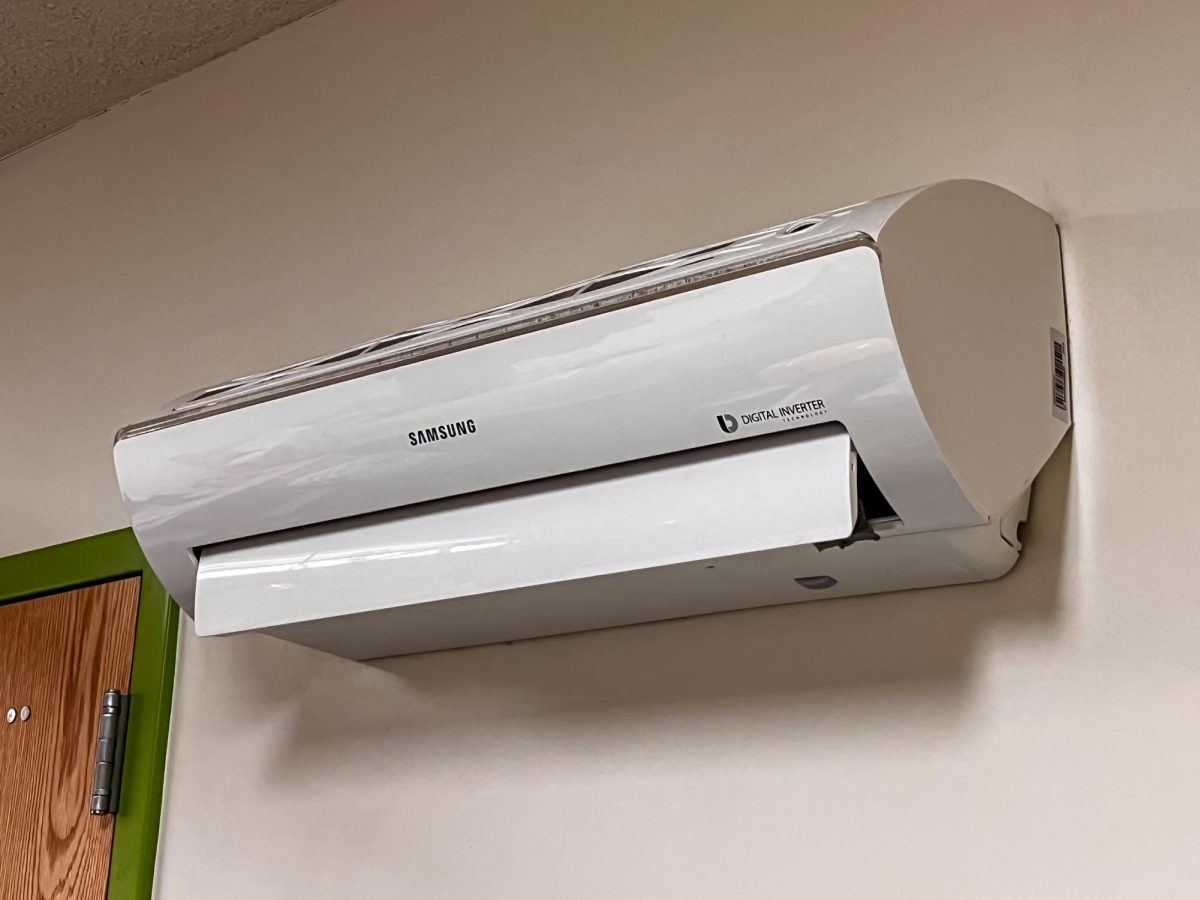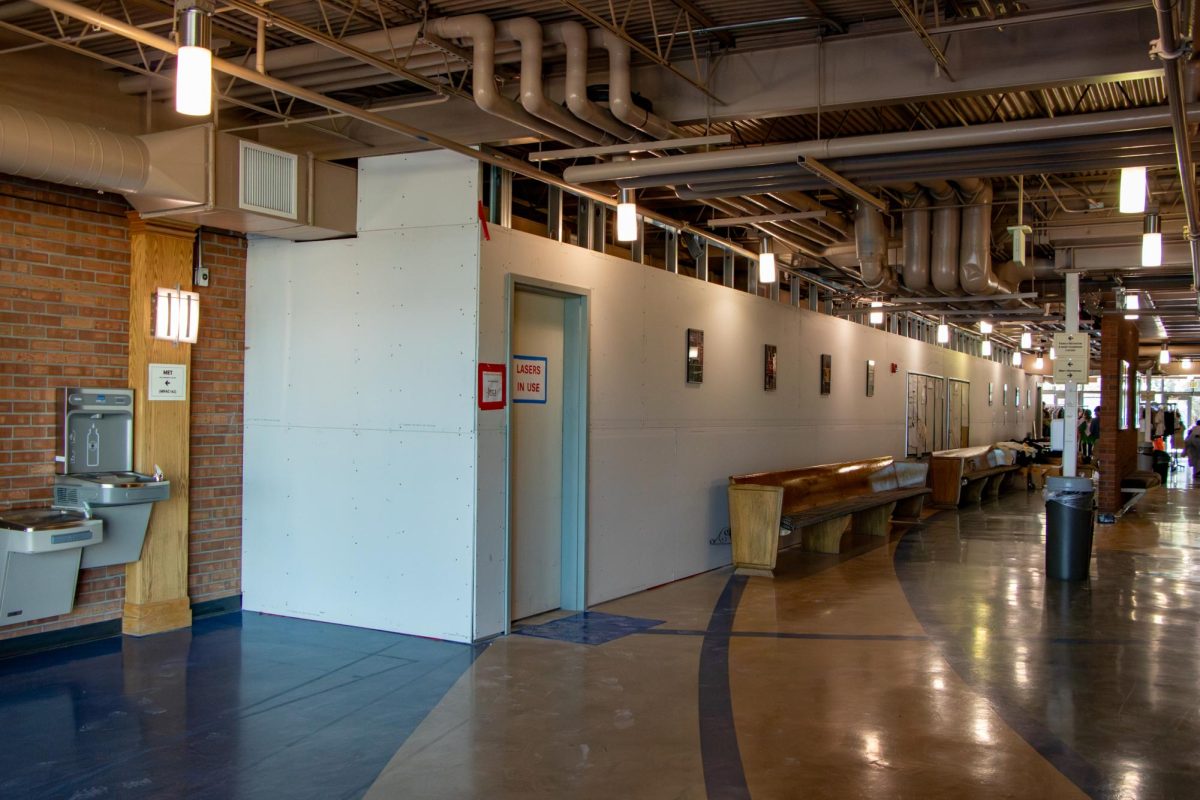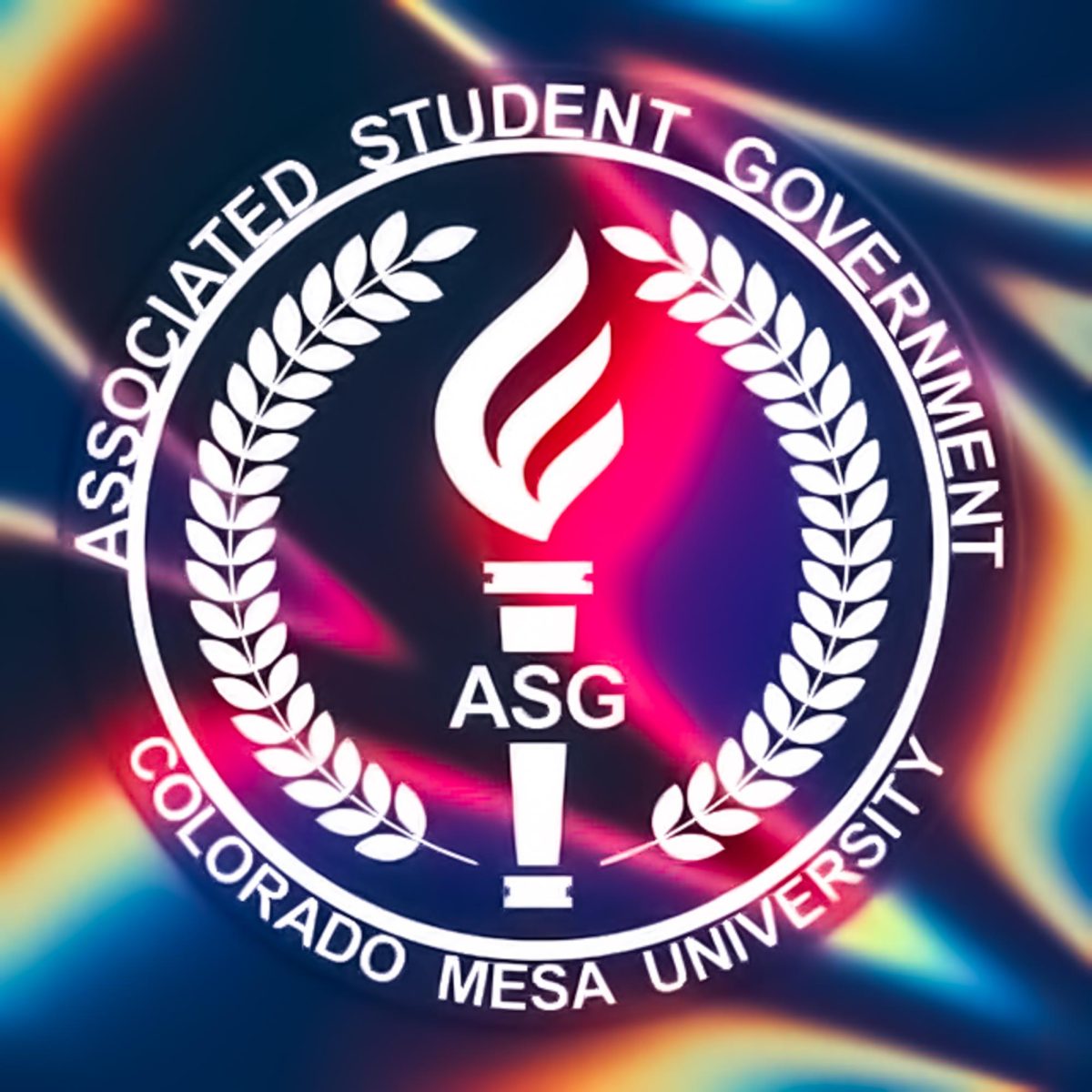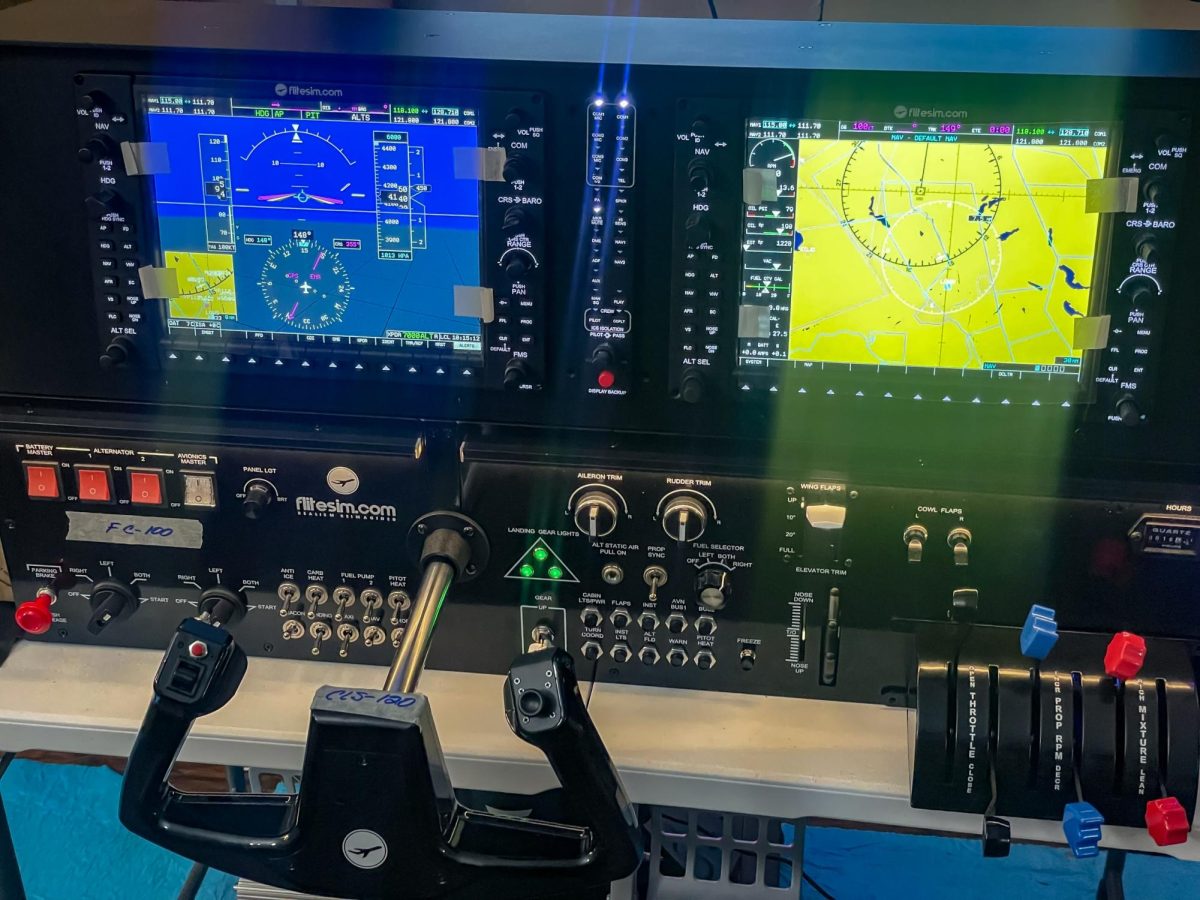Students part of the Riverside Educational Center (REC) after-school programs are learning to become citizen scientists.
The STEM-influenced program which offers optional field trips up to the Monument gives local middle school students the opportunity to learn about the environment around them.
“What we have going on is funded by a grant through the National Environmental Education Foundation (NEEF). Essentially, the purpose of the grant is to engage local youth with authentic natural resource-based issues. The issue that we’re looking at and tackling with these kids is the pinyon pine die off that’s beginning to be observed here. It’s a phenomenon that occurred in other areas of this region, and it’s expected to occur here too,” Education Specialist Samantha Heinritz said.
The project is also a collaboration between the U.S Department of Education, National Park Service, NEEF and REC.
The Pinyon Juniper die-offs in Grand Junction are mainly due to Ips or “engraver” beetles destroying the trees, which the trees are more vulnerable to due to severe drought stress.
The students learning STEM skills are from the participating schools including Grand Mesa Middle School, Orchard Mesa Middle School, Bookcliff Middle School and Mount Garfield Middle School.
“We had a sheet to check off if we found any animals or trees or wildlife, then we learned about no-trace left behind trails. […] I thought it was great because we were outdoors,” Orchard Middle student Sushant Maharjan, 13, said.
39 students from the four schools went on the first trip.
“I just thought that being able to stand up and look over that many buildings and houses, I thought it was really cool,” Orchard Middle student Jenna Bird, 12, said.
REC was created by elementary school teacher Mary Spirio after Hurricane Katrina in 2005, after she participated in relief programs in the South. After coming to the Grand Valley in 2006, Spirio started REC in Grand Junction, which is now at 15 schools, including nine elementary, four middle and two high schools. REC itself is both an after-school tutoring and education enrichment program for these schools, and includes STEM activities among its content.
“STEM is one of those areas where the acquisition of skills is perpetual and endless. There’s always more STEM skills to be developed. […] We really think it’s important to build STEM skills, we think STEM skills are something that creates good citizens,” Development Director and Special Projects Kristen Lummis said.
The grant was written by Heinritz, and worked with Project Coordinator Payton Parkins to create a curriculum for REC and the program, along with their partners at Riverside. CMU Professor of Environmental Science Deborah Kennard also helped write the program.
“I’ve done a lot of research on the monument. Quite a while ago, we measured the standing structure of a lot of trees [on the Monument]. One of the things we measured was the incidence of pine bark beetle damage. The other thing we looked at was the distribution of sizes and ages. So [the program] is using some of that data to help them locate some locations where they can go,” Kennard said.
Kennard has worked on various projects on the Monument for over 10 years, including a remote sensing project to detect cheat grass, and cottonwood population estimates.
“I really respect what REC is doing with our students in the valley. I think that’s super important work, very valuable work and [I want to do] anything I can do to help that out as well,” Kennard said.
The students are slated to go on another trip in early March, after their first trip up the Monument.
“I think we are in such a unique position as a National Park to be so close to a community that’s so tied to this place. Most people can see it from their backyard to their school yards, the Monument itself, and I think what this project does is it helps to bring a little bit more of a sense of place. To be a member of a community, and knowing and connecting more with the natural elements of our community,” Heinritz said.
As the year goes on and begins to warm up, beetle activity is anticipated to pick up.
“Ultimately, we want [the students] to grapple with the idea of how this is a symptom of climate change that can be measured and observed locally,” Heinritz said.








